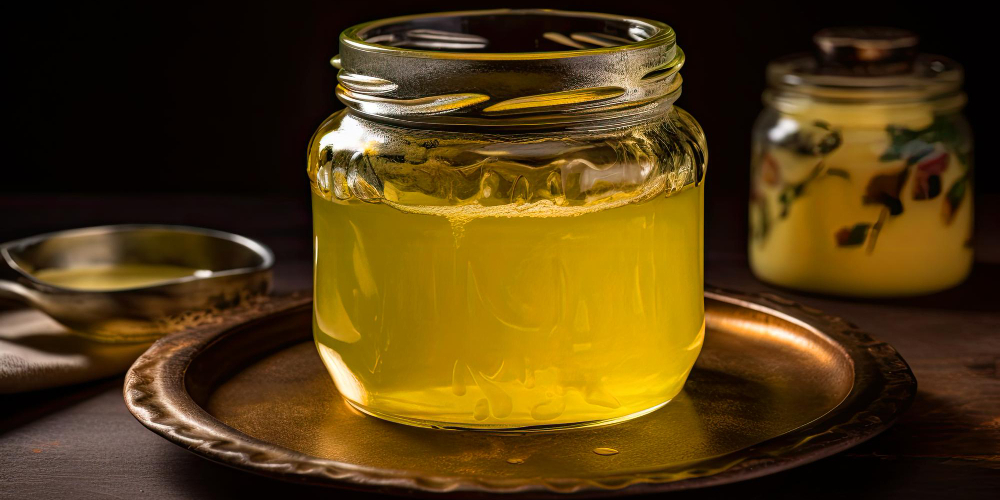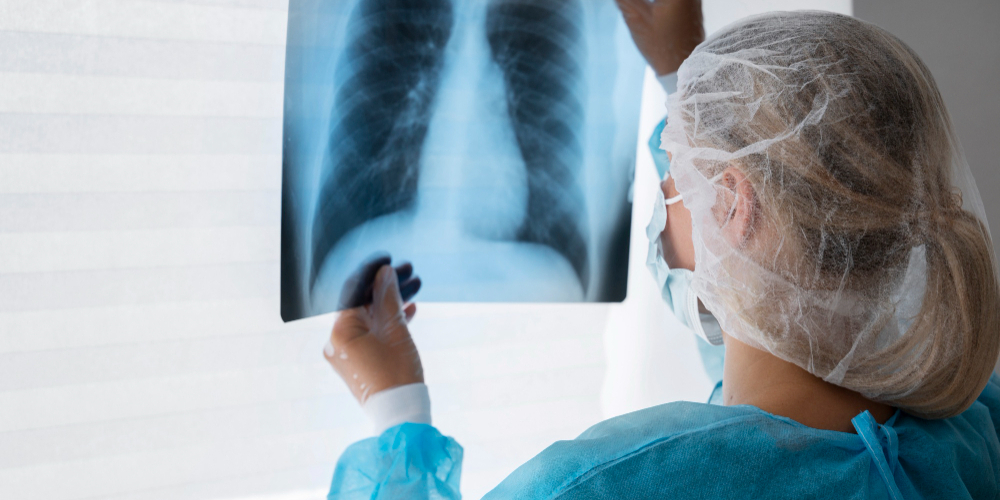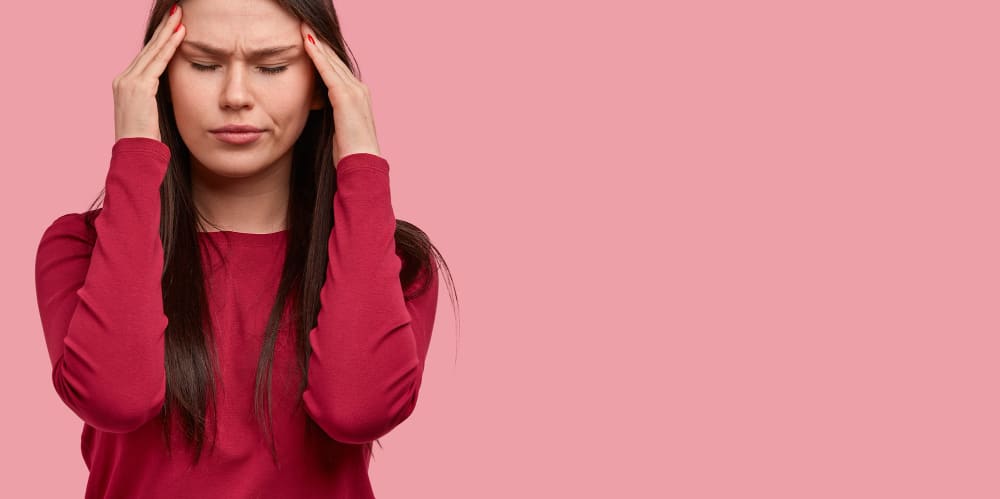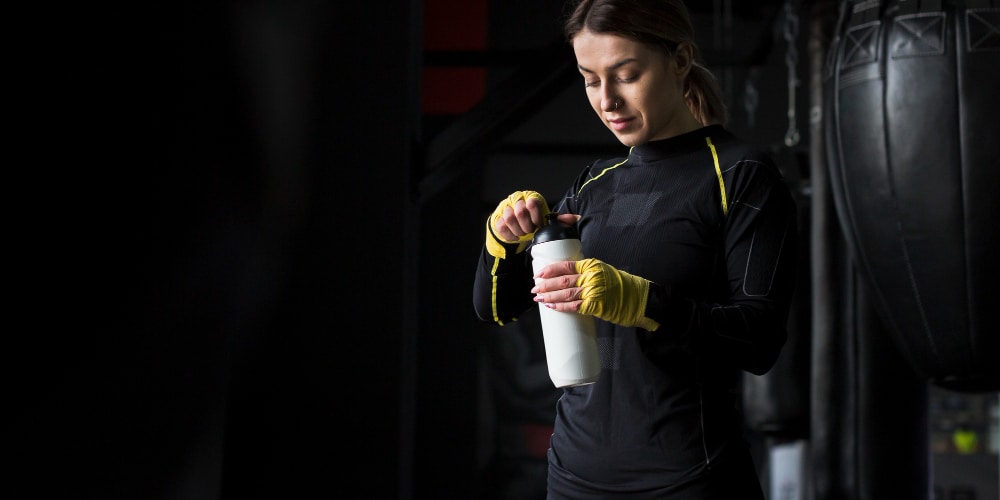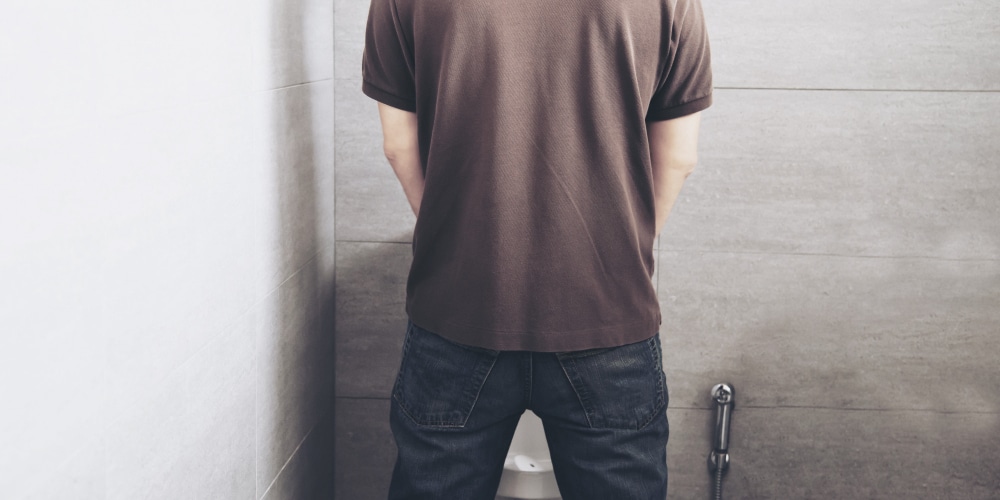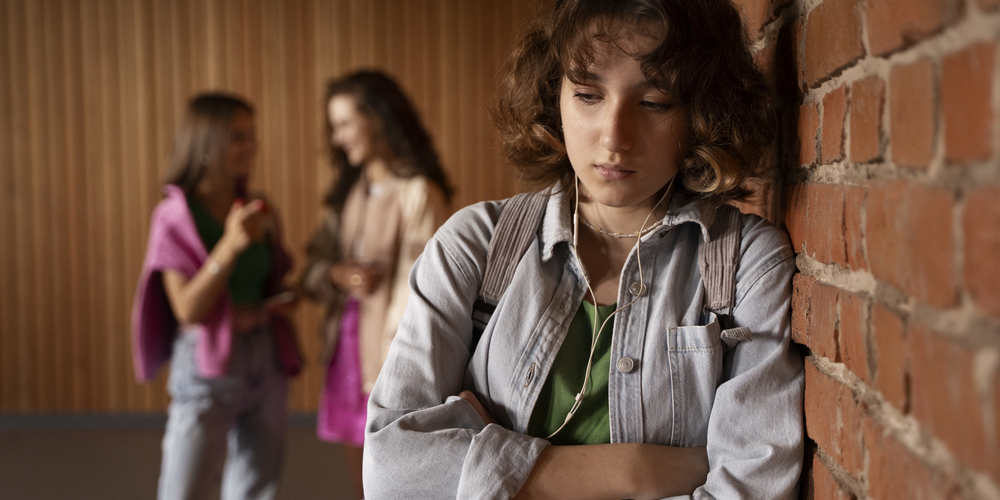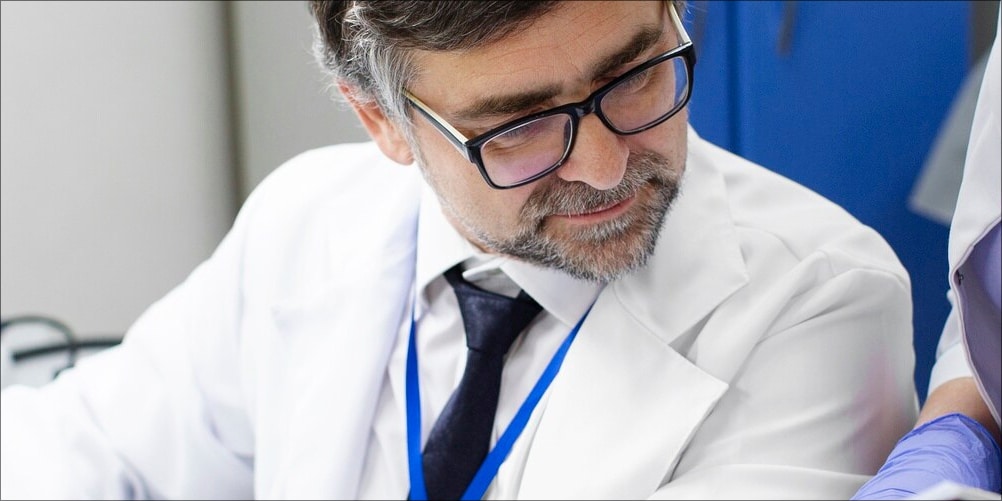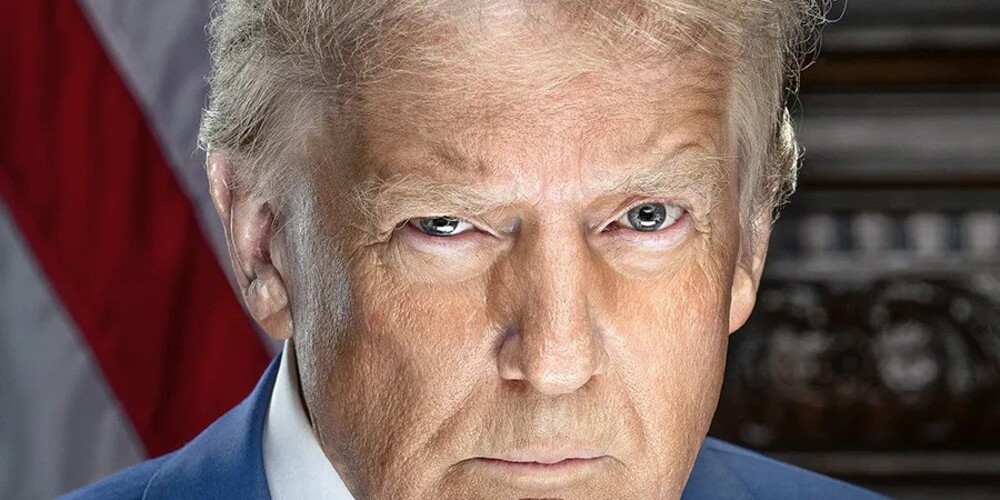Simple ways to reduce microplastics in what you eat and drink
Plastic packaging leaches particles into your food, especially when heated, raising your microplastic exposure
Author
Author
- admin / 7 months

- 0
- 2 min read
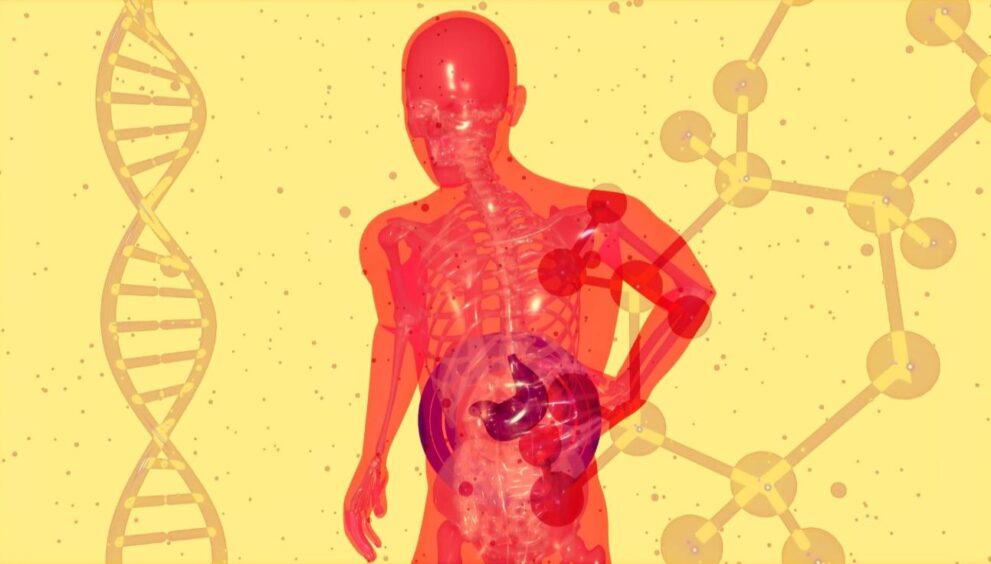
Author
Microplastics, which are plastic fragments smaller than 5 millimetres, have entered food, water, and even our bodies. This has transformed an environmental crisis into a personal health challenge. But there is no need to worry. You can reduce microplastics in your food and water. Here are practical ways to minimise microplastic exposure.
Can boiling water get rid of microplastics?
Boiling water is often believed to strip it of toxins, but it only kills bacteria and may break down plastics into smaller particles. So, effective filtration is the real solution.
Research has found reverse osmosis (RO) systems remove up to 99% of microplastics larger than 100 nanometres. For budget-conscious households, carbon block filters with sub-micron pores can cut certain types of microplastics. However, nanoplastics remain a challenge for most systems.
Rinsing your fruits and vegetables may not be enough
Simply rinsing fruits and vegetables under tap water—often laced with microplastics—does not help. Experts suggest a better method: soak produce in filtered water mixed with a teaspoon of baking soda to loosen surface microplastics, dust, and pesticides. Rinse with filtered water afterward.
Storing food smartly
Food packages hide plastic linings that leach into food, especially when heated. “..the ingestion of micro- and nanoplastics released from food containers can exert differential negative effects on macrophage activities, proving that the explosive growth in the use of plastic packaging can pose significant health risks to consumers,” a study on the release of microplastics from food containers finds.
Bottled water too has microplastics
Bottled water often contains more microplastics than tap water, thanks to plastic bottles and bottling processes. A 2018 study tested 259 bottles of water from 11 global brands across nine countries for microplastic contamination using Nile Red tagging. Results showed 93% of bottles contained microplastics, with an average of 10.4 particles per liter, primarily fragments (66%) and polypropylene (54%). Including smaller particles, the average was 325 particles per liter. Contamination likely stems from packaging or bottling processes.
Also read: Microplastics found in human ovaries for the first time, raising fertility fears – First Check
(Do you have a health-related claim that you would like us to fact-check? Send it to us, and we will fact-check it for you! You can send it on WhatsApp at +91-9311223141, mail us at hello@firstcheck.in, or click here to submit it online)
